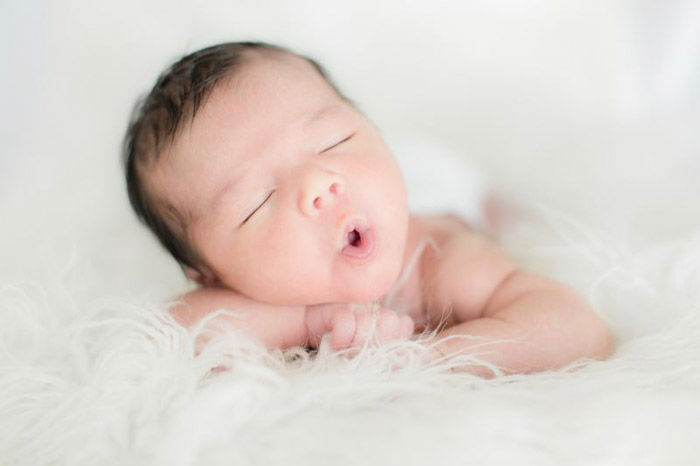Funerals are an important event. They bring people together and allow them to celebrate someone’s life as well as mourn their loss. A funeral photographer needs to be extra respectful and careful when taking pictures.
You need to be very aware of etiquette and boundaries to take meaningful funeral photography. Here are some useful tips.

One of the most important things to do before a funeral is to talk to your client. Prioritize their wishes and make suggestions when necessary. The more you know about their goals, the easier it will be to take respectful funeral pictures.
Ask them questions like:
Also, let them know that you’re okay with deleting photos that they feel uncomfortable with. Make sure you’re as open-minded as possible so that your client feels comfortable and understood.

Lighting is important in every photography genre, including funeral photography. If possible, ask for permission to visit the venue before the funeral.
Familiarise yourself with the setup and lighting. If there aren’t many light sources, use a high ISO number during the funeral. You can even use a tripod if the lighting is going to be very limited.
During the funeral, you have to be as quiet and invisible as possible. Find a position that will help you take clear photos without disturbing anyone around you.
Knowing what the venue looks like will help you adjust beforehand. This way, you won’t have to worry about camera settings or angles throughout the ceremony.

In funeral photography, your goal is to not stand out. Wear dark clothes that are comfortable. Make sure your shoes don’t squeak loudly.
Another thing to keep in mind is your equipment. Try to carry as few tools as possible so you don’t end up distracting everyone. Typically, a camera and a tripod are all a funeral photographer needs.

During the funeral, make sure you don’t move around too much. Once you find an angle, stick to it. When you move to another location, make sure everyone else is moving there as well.
Keep in mind that you shouldn’t take photos every second. There are moments when you’ll have to put your camera down out of respect. Never photograph the deceased.
Never use a flash during a funeral. It will not only make everyone look unflattering but also distress people. If the lighting isn’t perfect, use a high ISO. You can get rid of extra grain in post.
Also, make sure your shutter is as silent as possible. Most DSLRs have a silent shutter mode that’s not as loud as a regular shutter.

Hopefully, your client told you who to photograph. If not, the best thing to do is to avoid photographing faces.
You can try to photograph people from behind. People being comforted by their loved ones can be a great subject to photograph.
If somebody asks you to photograph them, offer to do so after the funeral. This will give you enough time to have a respectful portrait photoshoot without distressing anyone else.
If you’re in a crowded place after the funeral, use a large aperture (e.g. f/2.5) to put the focus on your subject.
For group photos, make sure you take photos in a simple location with few distractions. Use a small aperture for sharp results.

Funerals are usually made up of different stages. If your client is religious, the ceremony might have a few extra steps. Make sure you’re aware of this beforehand.
Typically, you should photograph people carrying the coffin, paying their respects, burying the coffin, and saying their goodbyes.
Once everything is over, you can photograph the members gathering and comforting one another. This last part depends on your client and what they’re comfortable with documenting.

Most people are distressed or upset during a funeral. They probably won’t notice details like flower decorations or the kinds of gifts people put in the coffin.
If you have permission to take photos of such details, do so as much as you can.
This will give your client many things to appreciate about the funeral. Photos of gifts will show them how loved and respected the person was. Photos of decorations will give them memories of togetherness.

One of the rudest things you can do is post your photos to social media. Even a candid behind-the-scenes shot could offend your clients.
Selfies or happy group photos aren’t the norm in funeral photography.
If you know the people at the funeral and want to be included in photos, you can ask someone to photograph you after the funeral. Gatherings are a great time for reminiscing and taking photos in a comfortable environment.
Yes. If you know the person who has died, you can put photos in their coffin. People also put flowers and letters in coffins to celebrate their relationship with the person.
Always talk to the closest family members before you record a funeral. Some people prefer to hire professional funeral videographers. Others don’t want anything to be recorded because they want privacy.
Make sure you talk to the family and respect their wishes before you do anything.
Funeral photos should be at least 13 x 18 cm. The best size for funeral photos is 20 x 25 cm. This ensures that the printed images are clear and sharp.
Most funeral photos feature people from the shoulders up, so keep that in mind when you crop your photos.
Taking funeral pictures is an important job. Remember to keep things simple and graceful so that everybody feels comfortable.
As long as you take photos respectfully, your clients will have many photos to cherish for the rest of their lives.
